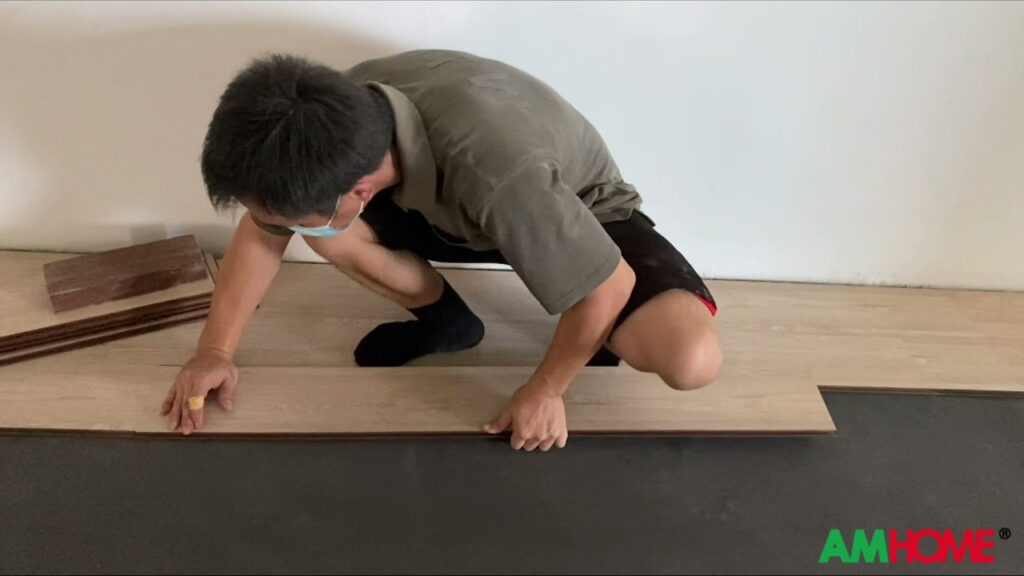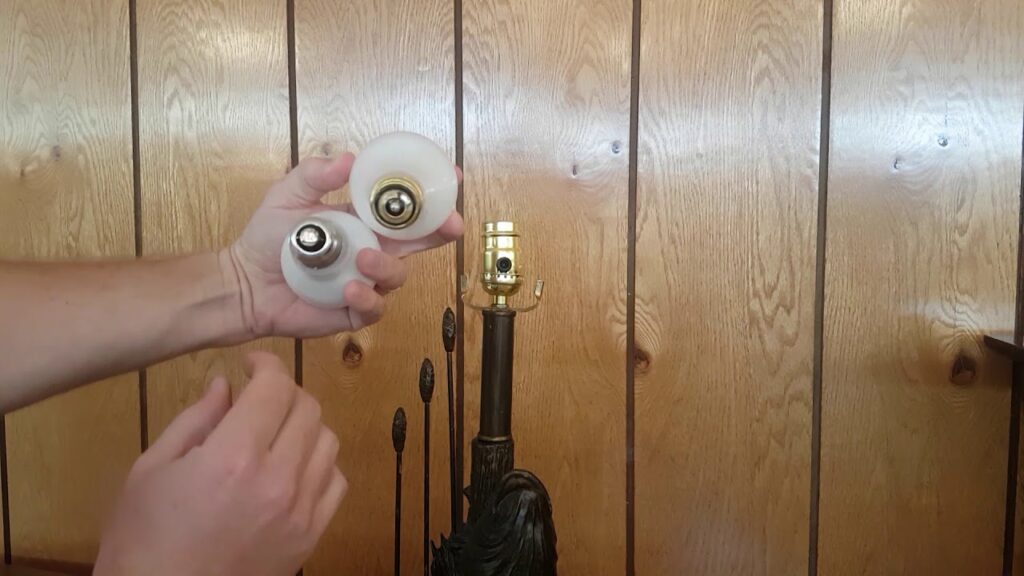How Blown-in Attic Insulation Can Drastically Reduce Your Energy Bills
1. Enhanced Energy Efficiency
Blown-in attic insulation provides a seamless layer of thermal protection, effectively reducing the transfer of heat between the interior of your home and the outside environment. By creating a barrier that minimizes heat loss in winter and heat gain in summer, this type of insulation significantly decreases the strain on your heating and cooling systems, resulting in lower energy consumption and reduced utility costs.
2. Improved Air Quality
A well-insulated attic prevents the infiltration of outdoor pollutants and allergens, ensuring better indoor air quality for you and your family. Blown-in insulation creates a tighter seal, reducing the entry of dust, pollen, and other airborne particles, which can contribute to respiratory issues and allergies. By maintaining cleaner air, you may also experience a decrease in health-related expenses.
3. Long-Term Savings
Installing blown-in attic insulation is an investment that pays for itself over time. The initial cost of installation is outweighed by the long-term savings on your energy bills. With reduced energy consumption, you can effectively lower your carbon footprint while saving money in the process. Additionally, proper insulation can extend the lifespan of your HVAC system, minimizing the need for expensive repairs or replacements.
The Benefits of Choosing Blown-in Attic Insulation for Energy Efficiency
Blown-in attic insulation offers numerous benefits for improving energy efficiency in homes. Firstly, it provides exceptional coverage, filling in gaps and crevices that may be missed by traditional insulation materials. This ensures that the attic space is effectively sealed, preventing heat loss in the winter and heat gain in the summer, ultimately reducing the workload on HVAC systems and lowering energy costs.
Additionally, blown-in insulation is known for its ability to create a more uniform layer of insulation, eliminating the potential for uneven coverage that can occur with batt insulation. This even distribution of insulation helps to maintain consistent indoor temperatures, reducing the need for excessive heating or cooling, and leading to enhanced energy efficiency.
Moreover, blown-in attic insulation is often made from eco-friendly materials such as recycled paper or fiberglass, making it a sustainable choice for homeowners looking to reduce their environmental impact. This eco-friendly aspect, in combination with the energy-saving benefits, makes blown-in attic insulation a compelling choice for those seeking to create a more energy-efficient home.
In summary, the benefits of choosing blown-in attic insulation for energy efficiency are clear. From its superior coverage and uniformity to its eco-friendly composition, this insulation option offers a range of advantages for homeowners looking to optimize their home’s energy performance.
Factors to Consider Before Installing Blown-in Attic Insulation
Before you take the leap and install blown-in attic insulation, it’s important to consider a few crucial factors to ensure the success and efficiency of the insulation. One key consideration is the existing condition of your attic, including any damage or leaks that may need to be addressed before installation. Conducting a thorough inspection of the attic space will help in identifying any potential issues that could impact the effectiveness of the insulation.
Another important factor to consider is the type of insulation material that will best suit your needs. Blown-in insulation comes in various materials, such as fiberglass, cellulose, and mineral wool. Each material has its own advantages and considerations, including factors like fire resistance, moisture resistance, and eco-friendliness. Understanding the differences between these materials and their suitability for your specific attic conditions is essential in making an informed decision.
Furthermore, it’s essential to consider the R-value, which measures the insulation’s thermal resistance. The right R-value for your attic will depend on factors such as climate, the existing insulation level, and energy efficiency goals. Determining the appropriate R-value for your attic will ensure that the insulation performs optimally and helps you achieve your desired energy efficiency.
In addition, it’s important to factor in the installation process and professional assistance, especially if you’re not experienced in working with blown-in insulation. Proper installation is crucial for achieving the desired performance and avoiding any potential issues in the future. Consulting with insulation professionals or contractors can provide valuable insights and guidance on the installation process, ensuring that the insulation is effectively installed for maximum benefit.
Professional Installation of Blown-in Attic Insulation for Maximum Energy Savings
When it comes to achieving maximum energy savings in your home, professional installation of blown-in attic insulation is crucial. Blown-in insulation provides a seamless and efficient solution for preventing heat transfer, ensuring that your home remains comfortable and energy-efficient throughout the year.
By hiring professional installers, you can be confident that the blown-in attic insulation will be properly distributed and installed to achieve optimal coverage and performance. Their expertise and specialized equipment allow for a uniform application, effectively filling gaps and voids to create a continuous thermal barrier that minimizes air leakage and heat loss.
Furthermore, professional installation ensures that the insulation material is applied at the recommended depth for your specific climate and energy efficiency goals. This precision is essential for maximizing the insulation’s effectiveness in reducing heating and cooling costs, as well as maintaining a consistent indoor temperature for enhanced comfort.
Benefits of Professional Blown-in Attic Insulation Installation:
- Optimal Coverage: Professional installers ensure comprehensive and even coverage of the attic space, leaving no areas vulnerable to energy waste.
- Energy Efficiency: Properly installed blown-in insulation minimizes heat transfer, reducing the workload on heating and cooling systems and lowering energy bills.
- Long-Term Performance: With professional installation, you can expect the insulation to maintain its effectiveness for years, providing ongoing energy savings and comfort for your home.
Cost-Effective Ways to Improve Energy Efficiency with Blown-in Attic Insulation
Blown-in attic insulation offers a cost-effective solution for enhancing energy efficiency in homes. This type of insulation can be installed quickly and easily, making it an attractive option for homeowners looking to reduce energy costs. By filling gaps and crevices, blown-in insulation helps to create a more airtight barrier, preventing heat loss and reducing the workload on heating and cooling systems.
One of the key benefits of blown-in attic insulation is its ability to cover irregular spaces and hard-to-reach areas. This can lead to more consistent temperature regulation throughout the home, reducing the need for constant adjustment of thermostats. Additionally, the cost-effectiveness of blown-in insulation makes it a practical choice for homeowners looking to improve energy efficiency without breaking the bank.
When considering blown-in attic insulation, it’s important to choose a professional installer who can assess your home’s specific insulation needs. Proper installation is crucial for achieving maximum energy-saving benefits. With the right expertise, blown-in insulation can make a significant impact on overall energy efficiency, providing long-term cost savings and improved comfort for homeowners.


